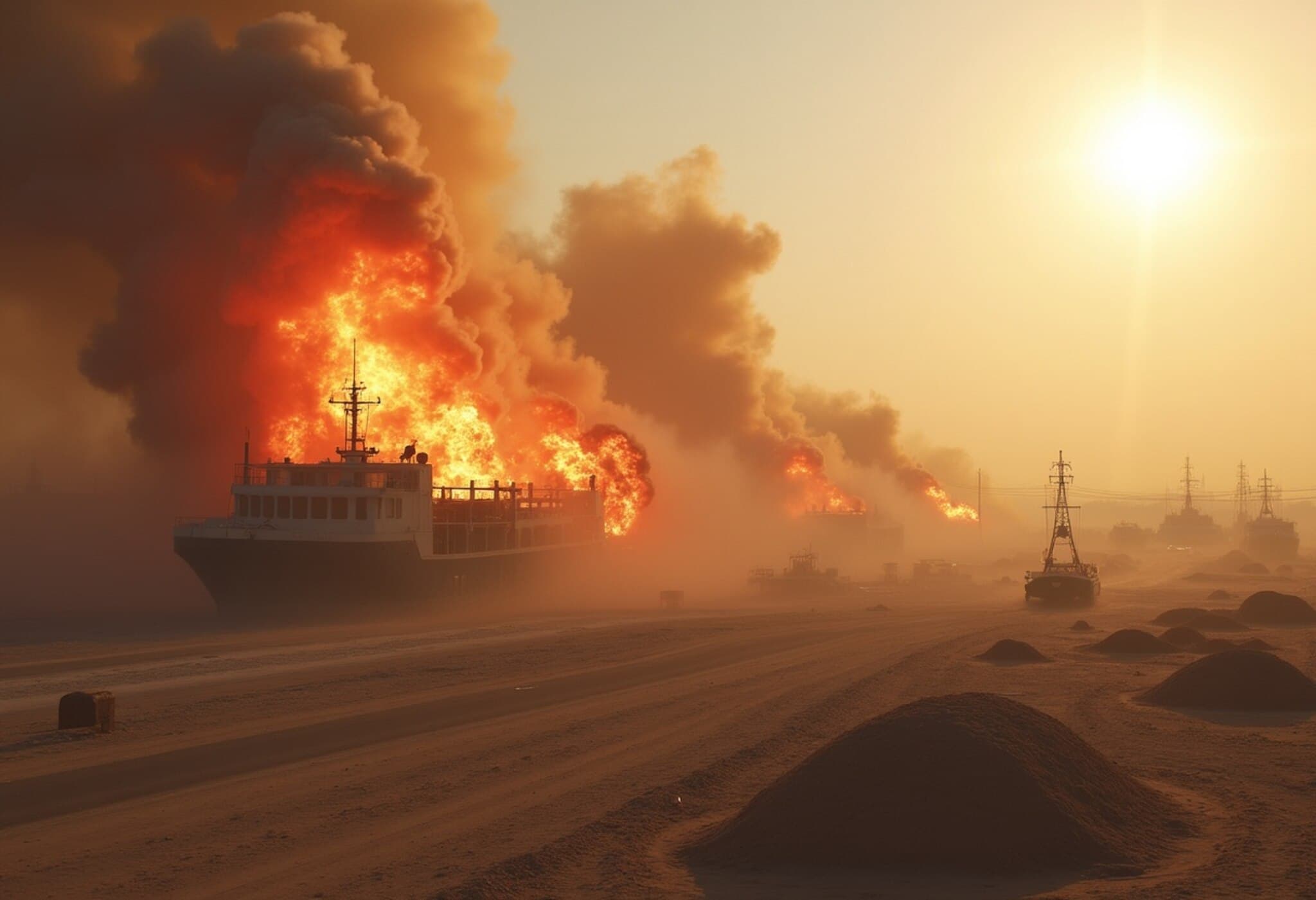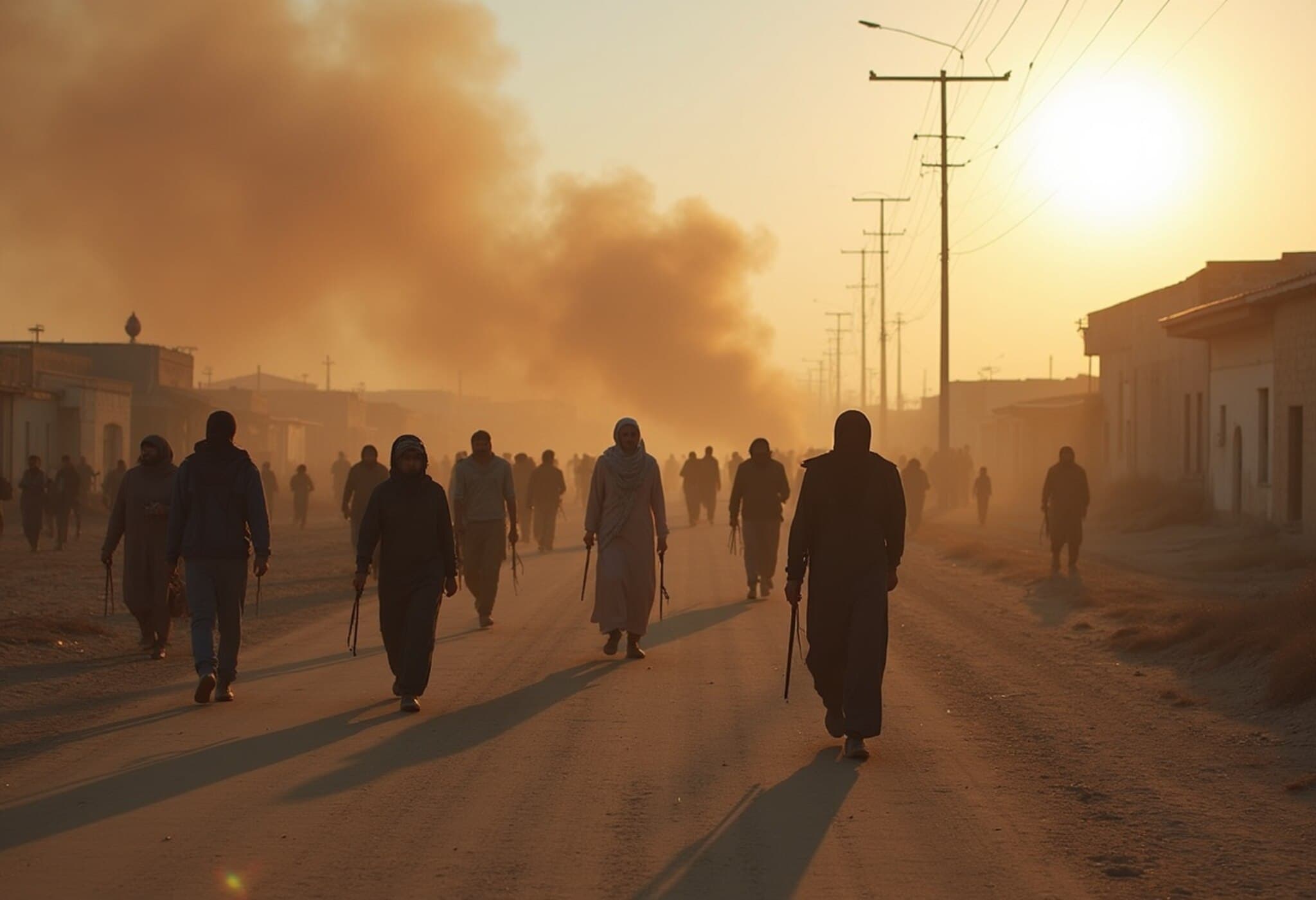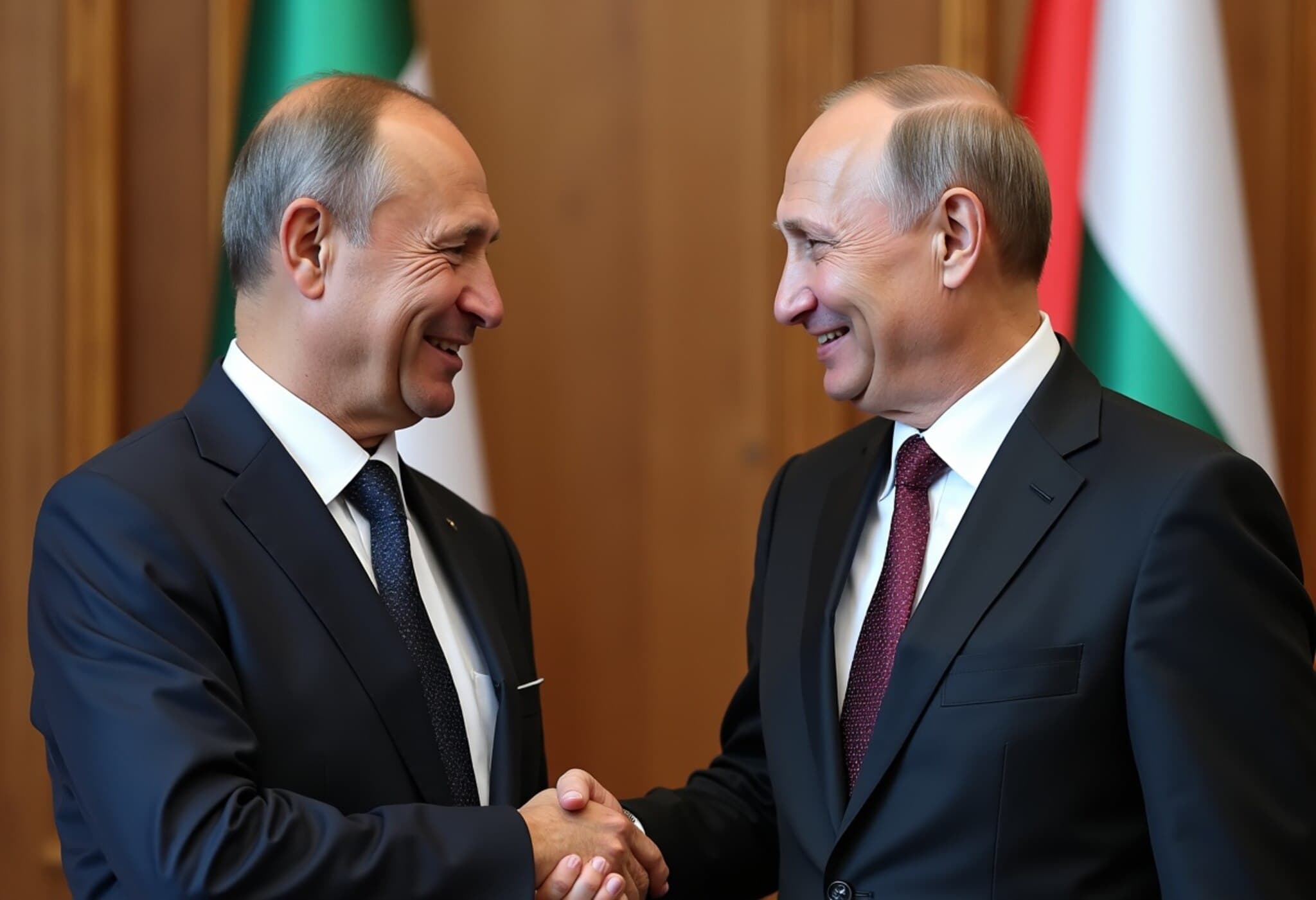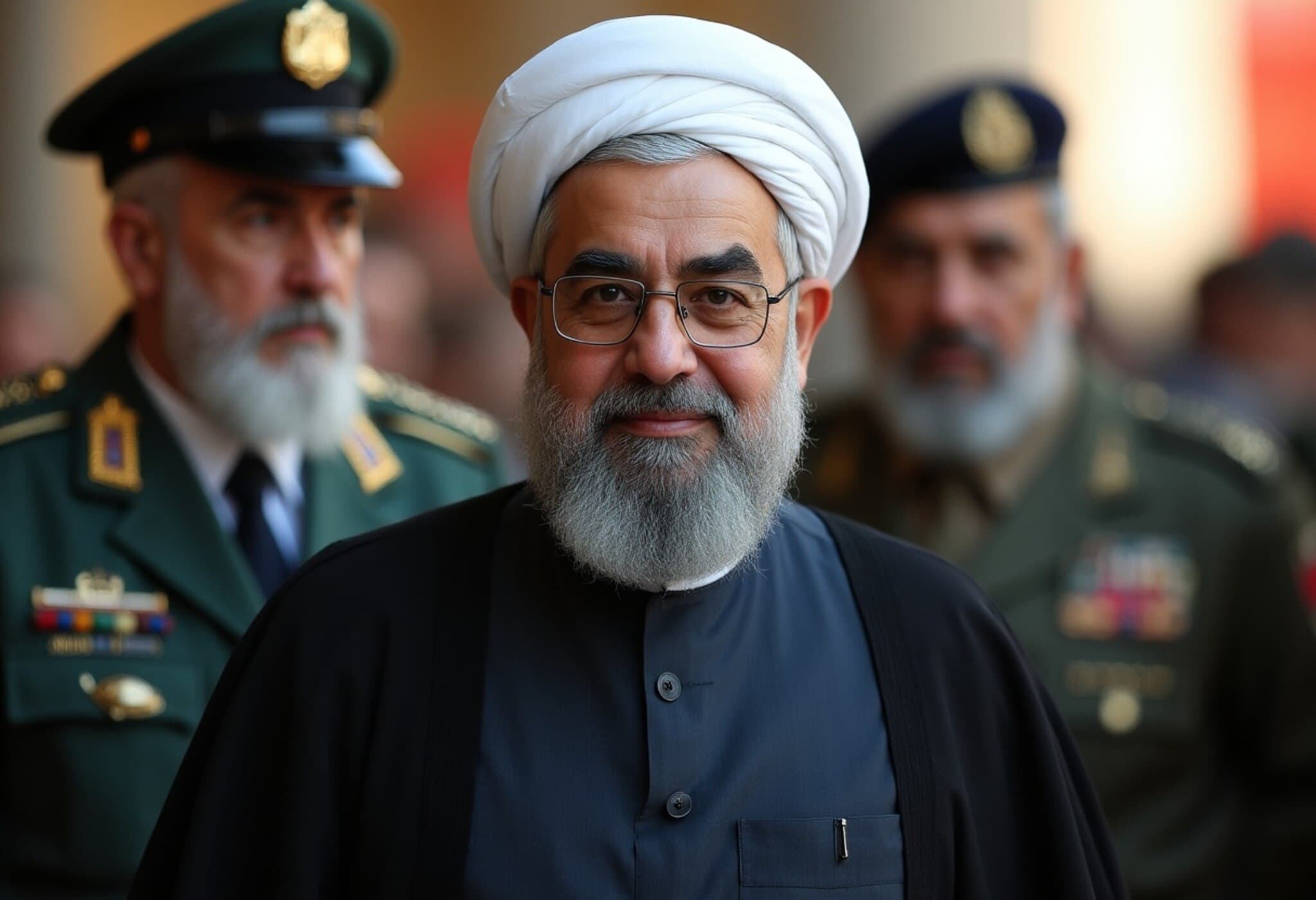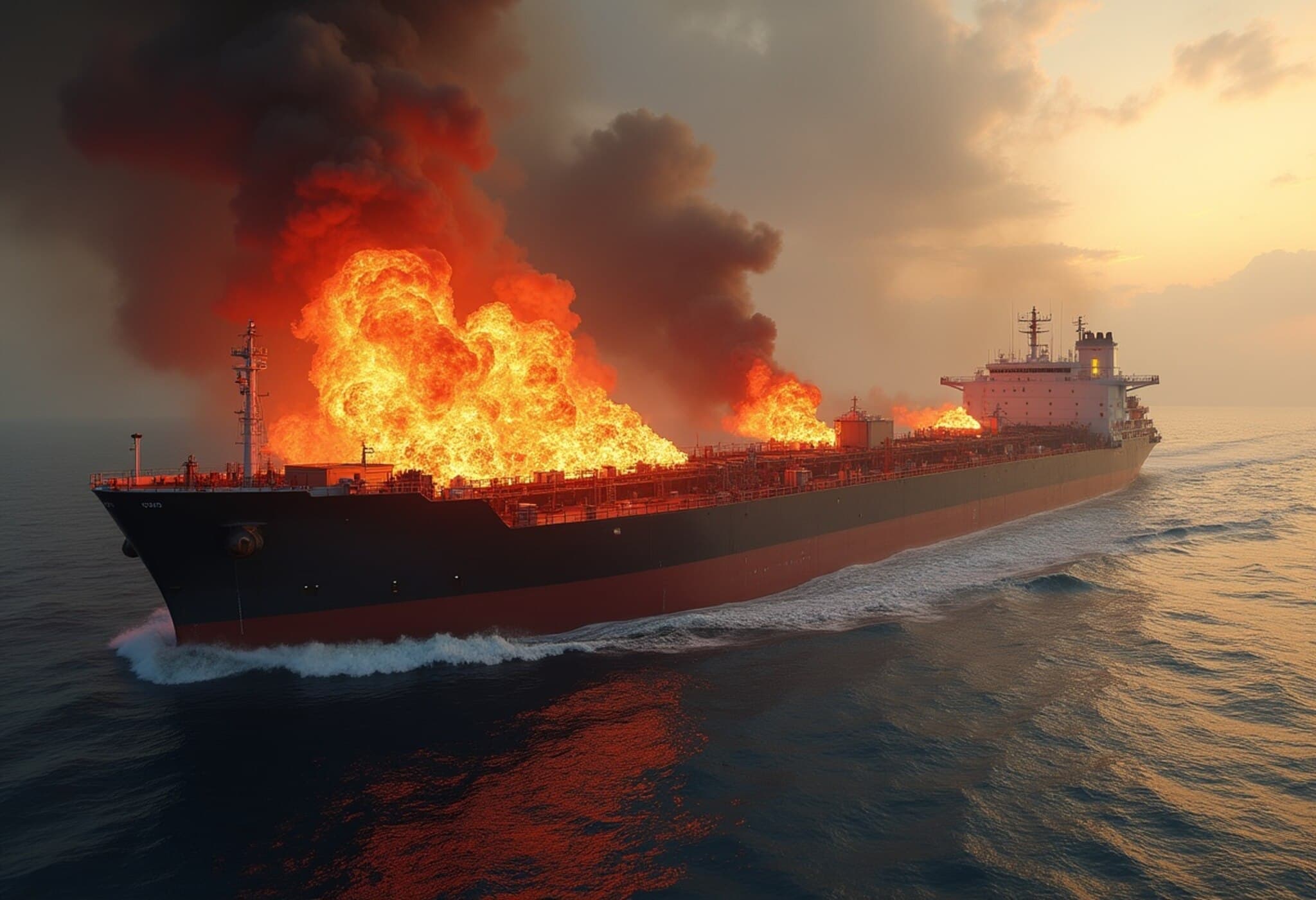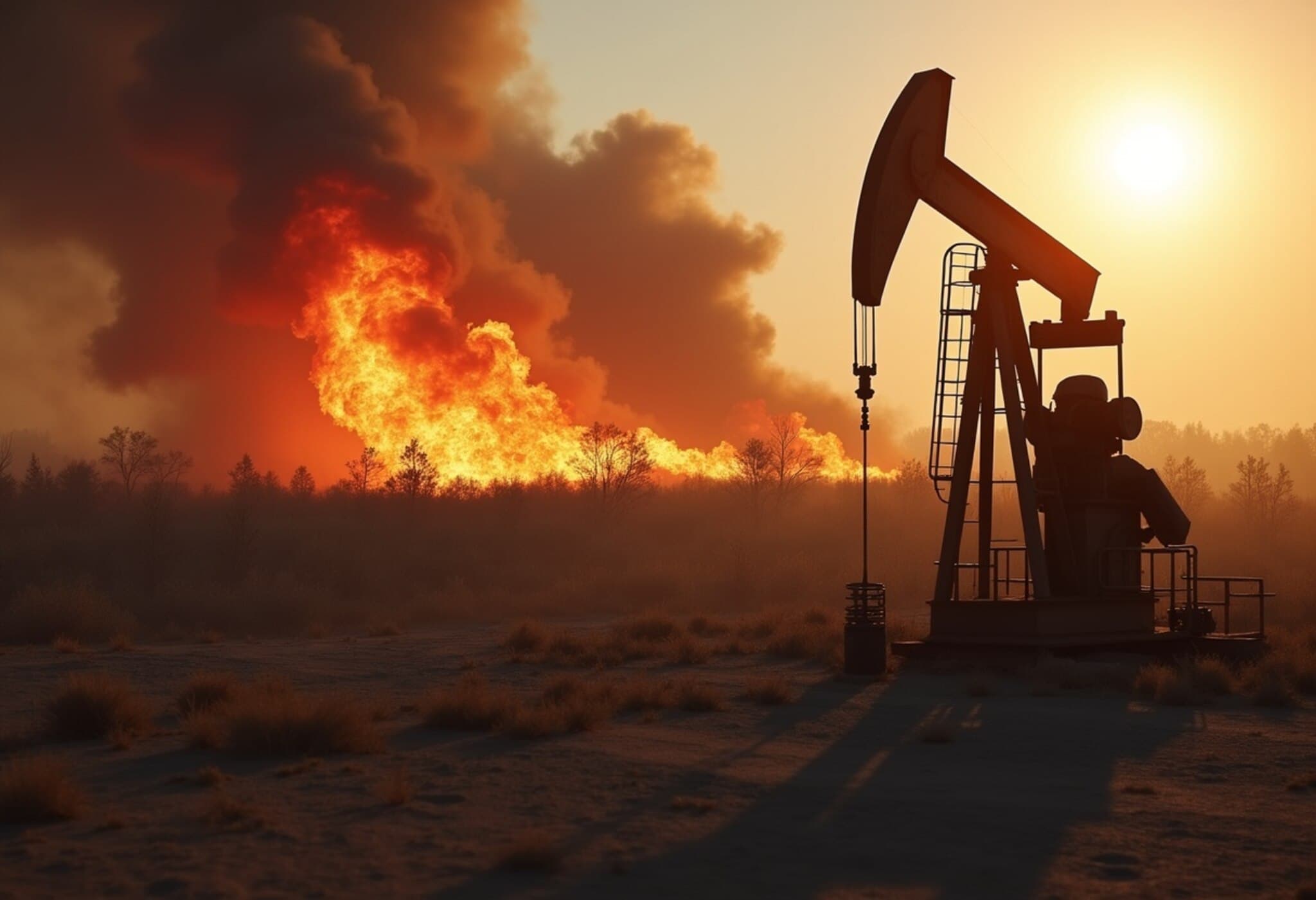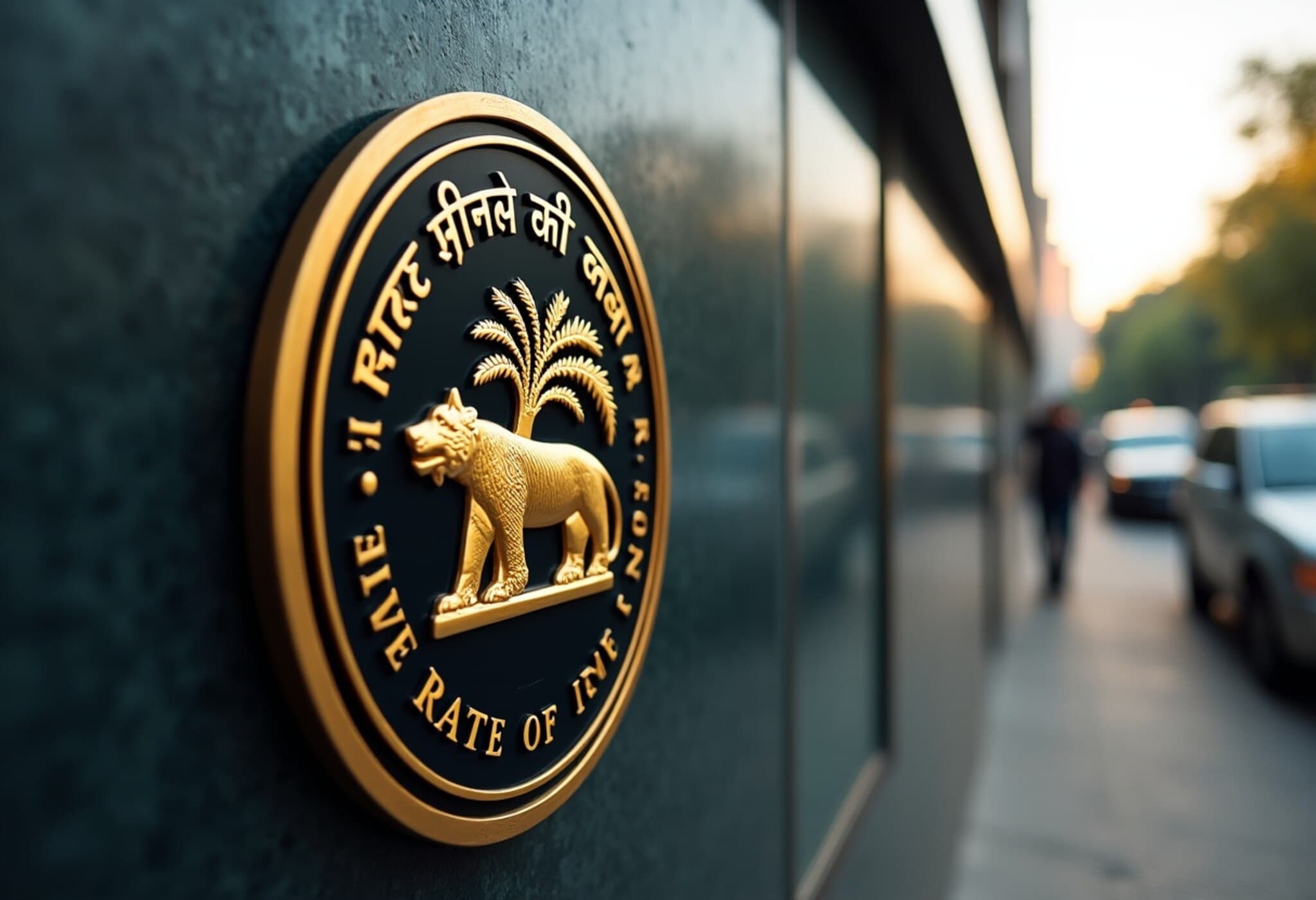Trump Administration Imposes Record-High 41% Tariff on War-Torn Syria
In a move that surprised many international observers, the Trump administration has slapped Syria with the highest tariff rate imposed on any country worldwide: a staggering 41%. This unprecedented duty comes less than three months after President Trump announced the removal of long-standing U.S. sanctions against the devastated nation, signaling a sudden shift in U.S. economic policy toward Syria.
Syria, emerging from over a decade of brutal civil conflict, now faces an economic paradox: while sanctions have been eased to encourage rebuilding, the new tariffs threaten to strangle any budding commercial ties with the United States—an essential segment for long-term recovery.
Trade Dynamics and Economic Reality
According to the U.S. International Trade Commission, trade between the two countries remains minimal, with Syrian exports to the U.S. reaching $11.3 million in 2023 and American exports to Syria totaling approximately $1.29 million. Despite these modest figures, the imposition of a 41% tariff signals something far beyond standard trade protectionism.
President Trump's tariff policy, announced earlier this year, aims to address trade imbalances by imposing duties proportionate to deficits. However, Syria’s economic devastation and tiny trade footprint raise the question: is this tariff driven by economic rationale, or is it a geopolitical signal?
Expert Insight: Economic Leverage as a Political Tool
Giorgio Cafiero, CEO of Gulf State Analytics, notes, "The tariff serves less to impact trade volume and more as a diplomatic lever. Syria is being told — 'we will engage economically, but only on our terms.'" Such tariffs may be attempts to coerce Syria’s transitional government into normalizing relations with Israel, which continues to conduct military operations within Syrian territory.
The Human Cost: Syria's Struggle Amid Sanctions and War
After thirteen years of conflict that has torn the country apart, Syria is in urgent need of international investment and aid. The economy teeters on collapse with infrastructure destroyed, electricity blackouts lasting up to 20 hours daily, and millions living under humanitarian strain.
H.A. Hellyer, a Middle East expert at the Royal United Services Institute, expresses concern: "Syria’s economy isn’t merely struggling; it’s at the brink of collapse. Tariffs this high risk undermining fragile recovery efforts at a critical juncture." Meanwhile, countries including Qatar and Saudi Arabia have pledged support, with Qatar funding a gas project to improve electricity supply for over 5 million Syrians.
Political Backdrop: From Regime Change to Diplomatic Chess
Syria has borne the label of a U.S. designated state sponsor of terrorism since 1979, with extensive sanctions commencing in the early 2000s and intensifying during the civil war period after 2011. The ascendancy of President Ahmed al-Sharaa — a once-al-Qaeda affiliate who has since renounced terrorism and leads the transitional government — raised hopes for a new chapter.
Yet, the continuation of harsh economic barriers amid promises of openness suggest the U.S. remains cautious, reserving the right to adjust economic pressure based on Syria’s political moves, particularly concerning regional security dynamics with Israel.
Diplomatic Messages Beneath Economic Measures
The tariffs extend beyond economics into a clear diplomatic message. As Cafiero elaborates, "They act like a leash—tightened or loosened according to Damascus’ political behavior and efforts toward regional cooperation." This nuanced approach reflects Washington’s intent not only to influence Syria’s internal trajectory but also to maintain leverage in a geopolitically volatile region.
The Road Ahead: Balancing Sanctions, Support, and Stability
While U.S. envoy Tom Barrack has spoken positively about ongoing investment plans backed by both the U.S. and Qatar, the administration's dual approach—antagonistic tariffs coupled with diplomatic engagement—raises critical questions about the future of U.S.-Syria relations.
Experts warn that without coherent economic and humanitarian support, Syria risks sliding back into chaos, jeopardizing regional security and prolonging the immense human suffering.
Summary Box: Key Takeaways
- 41% tariff rate imposed on Syria — the highest globally since the recent easing of sanctions.
- The tariffs have minimal direct economic effect but significant diplomatic symbolism.
- Syria remains severely crippled by war with urgent needs for foreign investment and humanitarian aid.
- New transitional government faces intense pressures to normalize relations with Israel as a precondition for eased U.S. economic engagement.
- The tariffs highlight ongoing U.S. strategy to retain leverage over Syria’s political future.
Editor's Note
The juxtaposition of lifting sanctions alongside imposing the world's highest tariffs on Syria underscores a complex and calculated U.S. policy entangling economic measures with geopolitical strategy. As Syria struggles to rebuild under immense strain, these tariffs raise profound questions:
- Will economic pressure stall Syria’s fragile path to stability, or can it effectively encourage regional normalization?
- How will Syria’s poor population cope with continued restrictions amid already dire humanitarian conditions?
- What role will other regional players, such as Qatar and Saudi Arabia, play in cushioning these shocks?
Balancing diplomacy and economic policy in post-conflict zones remains a delicate art—one where the cost in human lives is often the unseen casualty.











